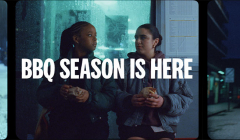
KFC prepares for British BBQ weather
The summer campaign for KFC’s Ultimate BBQ Burger readies Britain for rainy BBQs

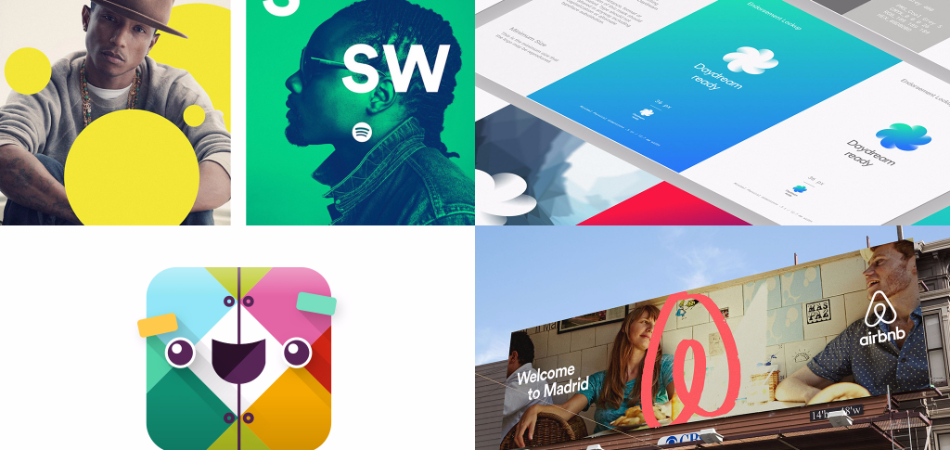
With brands needing more digital touch points to serve their customers, the key to ‘sticky’ experiences that genuinely add value is to fuse digital and brand thinking.
It probably wasn’t advertising that introduced you to Spotify, or, for that matter, to Airbnb, Uber, Ebay or Facebook. Nor, I bet, was it why you recommended them to friends.
No, what turns us into customers and advocates of these services – what helps these brands grow – is the power of the product experience. This is not new. Ask John Lewis, or any car manufacturer. They weave brands from as well as into customers’ experience of a brilliant product. But Spotify, Airbnb et al have taken this to the next level, supercharging the alchemy of brand and product thinking, and using it to infiltrate our lives. Theirs are brand experiences fine-tuned to shape our behaviour and incentivise it over and over again.
Brands built not on a promise, but on repetitive and rewarding interactions.
This digital ‘stickiness’ has shifted people’s attention online. Brands compete with digital platforms that are as addictive as they are useful, and, since digital touch points are frequently the first or main interaction companies have with a customer, compete they must. That’s why new brands think digital first, many turning to digital agencies to define the look, feel and behaviour of their brands: Collins for Spotify, DesignStudio for Airbnb, Gretel for Netflix. Gone are flat brand guidelines; in their place a mindset that contends with a moving web, where attention is hard to earn and even harder to keep.
The model of digital brand experience means thinking in more dimensions – how a brand moves as well as how it looks and sounds – and, over time, considering the impact of multiple contexts and market developments. Strategy, design and technology work together to create a coherent, yet endlessly evolving, brand experience.
We should embrace these challenges. Gaining people’s attention, creating value for money, defining a brand’s essence and digital product together: these are briefs to envy. Digital thinking has always shaped how people interact with a brand, in different places and for different reasons. Now, it defines how a brand takes shape in the world.
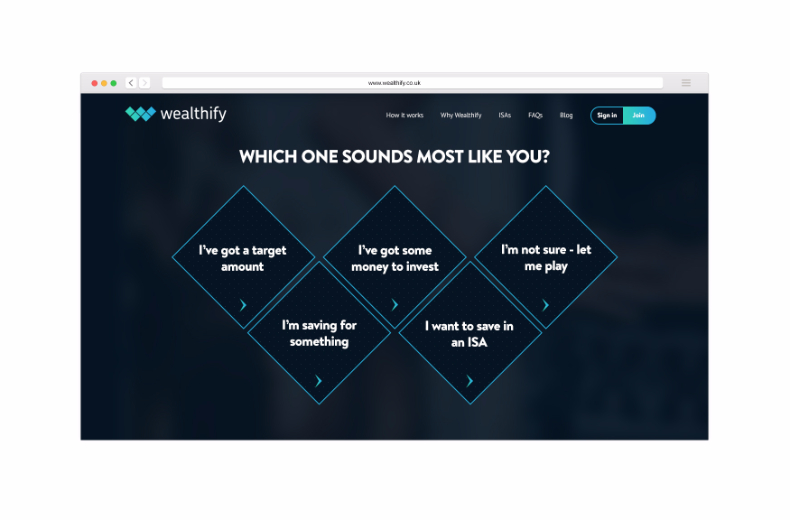
In digital, the product is the experience is the brand. You do the hard work so your customers don’t have to. For Wealthify, we harnessed this to create a brand from scratch. We had no advertising or media, but post-launch, the business attracted £1.4m in Seedrs crowdfunding. Techworld has since named it one of the top 10 Fintech startups to watch.
Our aim was a brand experience worthy of its ambition to make wealth management accessible to everyone, not just the wealthy. That egalitarian purpose served as our inspiration. Apart from the name and the founders’ automated investment engine, it was all we had.
Investment favours the wealthy – it’s risky and few of us are experts. And the ‘know-how’ you need doesn’t come cheap. We saw Wealthify as a powerful democratising force that could make the complex simple and the exclusive accessible. Our model was other platforms that used brilliant product experience to simplify complex skills. Instagram for photography; Pinterest for interior design; Airbnb for cool places to stay. Each made us feel like instant experts, and we wanted this feeling for Wealthify, since confidence is a rare commodity in finance. People find investment scary and confusing. As a result, inertia rules. When it’s this easy to get it wrong, doing nothing is the easiest way to feel smart.
Wealthify represented a better way. We defined the brand experience as the shortcut to smart - a single-minded journey accelerating users from a place where they knew nothing about Wealthify, to one where they felt willing to invest.
That meant no jargon, no complex processes, no percentage points and graphs. Just small, achievable tasks – it makes things easier and, besides, the brain loves them. Questions that are easy to answer. Subtle navigation cues to prompt interaction. Sliders for every variable. Animation to speed up waiting time. Every interaction designed to reward.
We worked closely with the FCA and Wealthify’s compliance team to put users in the driver’s seat, while still putting the brand’s proprietary technology – its carefully constructed algorithm for each risk level – front and centre. We turned them into risk profiles, letting people self-identify on a scale from cautious to adventurous, before embedding them as the W logo’s building blocks.
Standing out visually was relatively easy. Websites in the sector are clinical, dull, with too many words. Wealthify is upbeat and colourful. Its visual identity is bold, idiosyncratic and defiantly for the people. Proud to be part of a new wave of investors, speaking in simple, natural language.
It worked. At launch, a third of people who left an email invested, helping the platform achieve a £1m target within two months and a rating of 4.48/5 on reviews.co.uk. In the first year Wealthify grew from three people to thirteen, launched its mobile app and won two Digital CX Innovation awards (Financial Services and the at 2016 Digital Experience, beating LV and Nationwide).
Wealthify now makes more people’s money work harder. Its brand experience works hard to make that easy.
Agency: Branding and website design, True
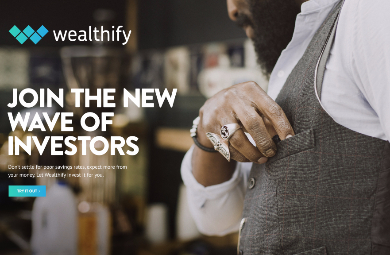
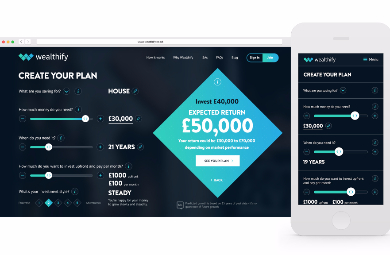
So well defined even the logo is expendable. Gretel’s work aims for “signature behaviors across any medium” and centres around a simple, but brilliant idea called ‘The stack’ – a visual metaphor and identity system in one. It puts a digital product at the heart of their service, representing the endless, evolving, seamlessly streamed catalogue. The ID system and show content are instantly recognizable, and easily adapted to any format, device or platform. Truly a consistent brand experience.
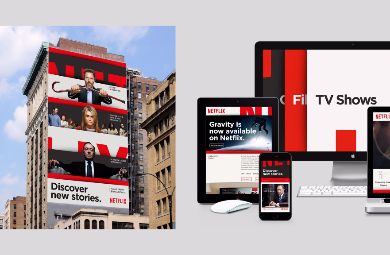
James Caig is head of strategy at True Digital, a Bristol agency that helps their clients profit from the possibilities of digital. He is a regular speaker and judge, sits on the APG committee and chairs APG West, championing the value of great strategy in the region.
Looks like you need to create a Creativebrief account to perform this action.
Create account Sign inLooks like you need to create a Creativebrief account to perform this action.
Create account Sign in